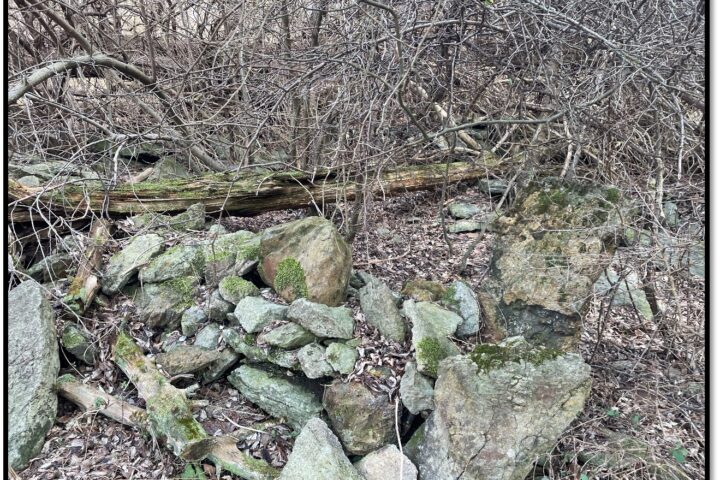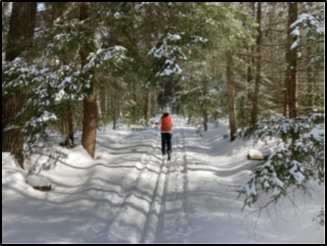
By Greg Podniesinksi
Early Spring?
If you think this winter has been warmer than normal, you’re right. One way to measure this disparity is to compare “heat accumulation” since the beginning of the year to the average for the last 30 years. So far in 2024, we are about 19 days ahead of the 30-year average, according to the U.S. Geologic Survey. In other words, we shouldn’t have accumulated this much heat until early April.
What Does this Mean for Nature?
Many plants, especially spring wildflowers, react to heat accumulation by initiating growth. When we have a warmer winter and early spring, many plants begin flowering and leafing out much earlier, and this year we seem to be running two to three weeks ahead of schedule.
The branch of science that studies these relationships is called phenology. Phenological observations include, for example, bud break, leaf out, flowering, insect hatches, breaking hibernation, or arrival of migratory birds.
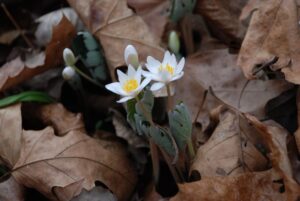
Spring wildflower: Bloodroot (Sanguinaria canadensis). Photo by US Fish and Wildlife Service – Northeast Region.
Do These Changes Matter?
When climate patterns change, other natural cycles can be thrown out of sync. If spring wildflowers bloom two to three weeks early, do their pollinators become active two to three weeks early, as well? Maybe, or maybe not.
Another example is the timing of predator and prey life cycles. Most of our migratory native songbirds are heavily dependent on caterpillars, spiders, and other invertebrates to feed their young. If their prey has a head start due to an early spring, but the migrants arrive at the “normal” time (or vice versa), breeding birds could have difficulty finding enough food for their young.
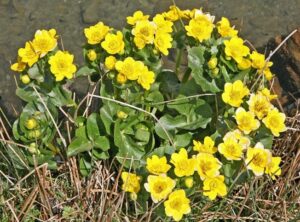
Spring wildflower: March Marigold (Caltha palustris). Photo by W. Bulach, licensed under CC BY-SA 4.0.
Tracking Phenology
Phenology is studied by scientists in several ways. Old journals often note when someone observed the first flower or bird of the year. Some of these simple datasets occur over a period of decades.
Another source is herbarium specimens, which are often collected and dated when the plant is flowering. Such collections allow researchers to “mine” this historical data to piece together trends in phenology over decades or sometimes centuries.
More recently, tech tools have been developed that allow anyone to document phenology, such as Nature’s Notebook (https://www.usanpn.org/nn), developed by the National Phenological Network, or Project Budburst (https://budburst.org/), hosted by the Chicago Botanical Garden.
While out enjoying the glory of an early spring, consider documenting your observations. Download the Nature’s Notebook or Budburst App, enter your data, and make your contribution to climate science and phenology!
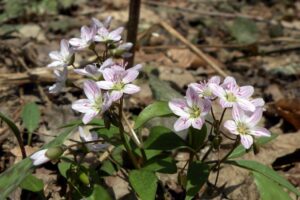
Spring wildflower: Carolina Spring-beauty (Claytonia caroliniana). Photo by Dough McGrady, licensed under CC-BY 2.0
This post adapted from Forest Fridays, published weekly by DCNR.



